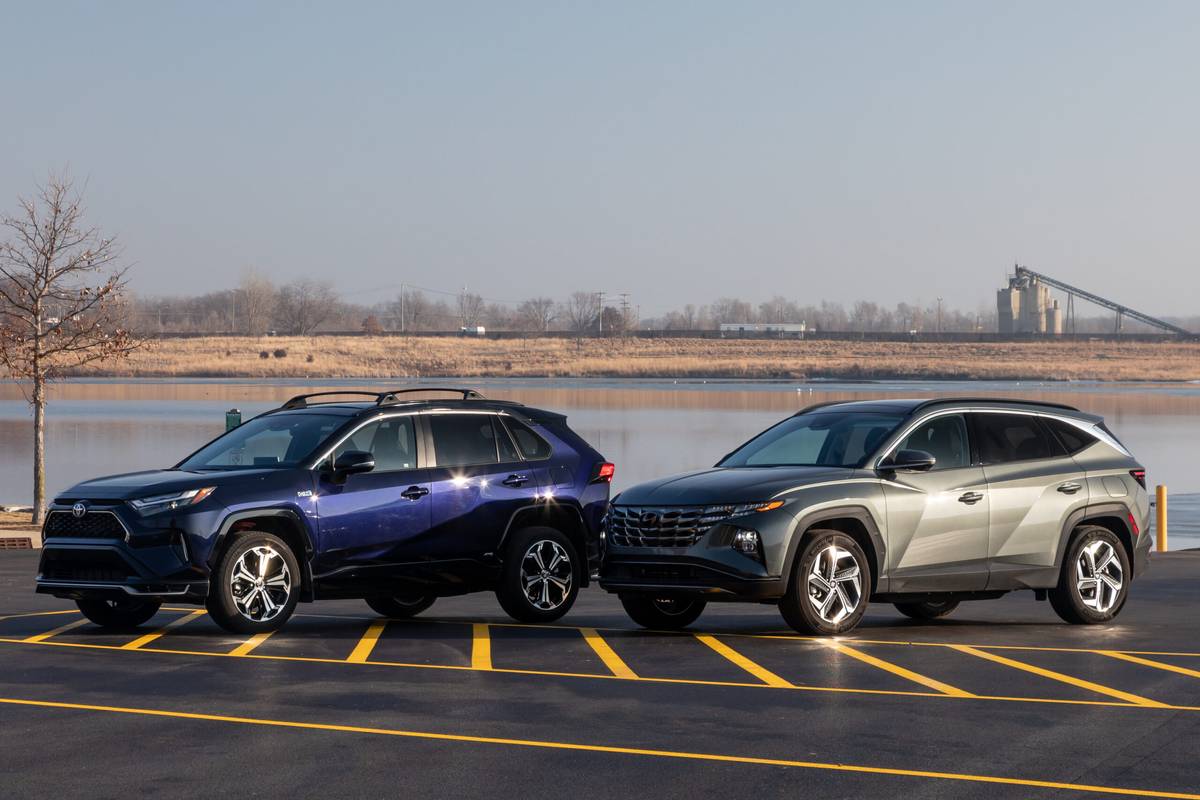
Fully electric vehicles command most of the attention these days as the auto industry ramps up efforts to reduce vehicle emissions, but plug-in hybrids still represent a compelling alternative for shoppers who like the efficiency and lower emissions of EVs but aren’t yet ready to own a fully electric car. Plug-in hybrids have considerably smaller battery packs than full EVs, but their electric-only range estimates are still suitable for many drivers’ daily needs. For longer trips, their gas-electric hybrid drivetrains mean you can drive them just like a conventional vehicle without having to plan your trip around charging stops.
Related: Driving 3 EVs in Zero-Degree Temps: What Could Go Wrong?
Range loss in cold weather is something we’ve observed in fully electric vehicles like our long-term Tesla Model Y. When we had a chance to test two PHEVs in colder temps, we were curious to see how far we could drive on electric power alone, whether they would live up to their electric range estimates and what kind of overall fuel economy we’d achieve.
Our test vehicles were PHEV versions of popular compact SUVs: the 2022 Toyota RAV4 Prime and 2022 Hyundai Tucson Plug-in Hybrid. Both vehicles are largely unchanged for the 2023 model year, though the RAV4 Prime gets an updated multimedia system. EPA-estimated electric-only range for the RAV4 Prime and Tucson Plug-in Hybrid is 42 and 33 miles, respectively.
Electric Driving Range
The outside temperature was 37 degrees at the start of our test, with the RAV4 Prime showing 40 miles of electric range and the Tucson Plug-in Hybrid displaying 31 miles — very close to their EPA estimates. Not long into our 200-mile drive route, we hit the interstate, and the higher speeds revealed an interesting difference between the two PHEV drivetrains.
Apart from a few brief instances when its gas engine fired up, the RAV4 Prime dutifully stayed in EV mode until its battery was depleted, and we were able to drive around 30 miles on electric power alone. That’s only 75% of its initial range prediction, but bear in mind that in addition to the cold, most of those miles were at higher interstate speeds, which saps the range of full EVs, too.
The Tucson Plug-in Hybrid started with a lower predicted electric range of 31 miles, and its battery was fully depleted 31 miles into our trip. Delivering 100% of its predicted range in cold weather at highway speeds would be an impressive achievement, but there’s a caveat to this performance: Its gas engine frequently kicked on and stayed on for longer periods during the drive while the battery still had a charge, so it wouldn’t be accurate to say it was operating mostly as an EV during this part of the trip.
At the end of our 200-mile route, the RAV4 Prime had the higher trip-computer and pump-calculated fuel economy. The Toyota’s trip computer showed 46.2 mpg, while its pump-calculated fuel economy was 43.9 mpg. Meanwhile, the Tucson Plug-in Hybrid’s trip computer read 39.8 mpg at the end of the drive, and its pump-calculated gas mileage was 38.5 mpg.
Home Charging
Another appealing aspect of plug-in hybrids is that you can usually get by charging them using a common household outlet rather than installing a Level 2 home charging system, which is recommended if you have a full EV. That said, you can considerably reduce the time it takes to charge a PHEV with a Level 2 charger, and this time savings may be worth it to some owners.
The battery capacities for the RAV4 Prime and Tucson Plug-in Hybrid are relatively similar. Toyota rates the RAV4 Prime’s battery at 18.1 kilowatt-hours; Hyundai cites a 13.8-kWh capacity for the Tucson Plug-in Hybrid. Both are small by full EV standards, some of which have batteries approaching 100 kWh or more, but fully charging these PHEV batteries on a household outlet can still take more than 11 hours, according to the charge-time estimates we saw when we charged both for two hours. In that two-hour time, the RAV4 Prime added 7 miles of range while the Tucson Plug-in Hybrid added 6 miles.
We also charged each SUV using a Level 2 charging system. The RAV4 Prime’s depleted battery fully charged in about two-and-a-half hours, which added 41 miles of estimated electric range. It took a little less than two hours to fully charge the Tucson Plug-in Hybrid, adding 31 miles of range in the process. The RAV4 Prime took 14.34 kWh of energy while the Tucson Plug-in Hybrid added 13.34 kWh.
The Tucson Plug-in Hybrid comes standard with a 7.2-kilowatt onboard charger while the RAV4 Prime has a standard 3.3-kW onboard charger (with a more capable 6.6-kW onboard charger optional for the XSE trim level). Our XSE test vehicle had the optional onboard charger, which can lower the charging time when supplied with that level of power.
Both SUVs were charged on a Level 2 home charger that can supply up to 11 kW of power. While good for full EV charging, it’s overkill for these plug-ins, neither of which can accept that much power. Even so, Level 2 charging times for both SUVs are much shorter than their estimated charging times on typical 120-volt service. Depending on the type or frequency of driving you do, having a Level 2 home charging setup could help ensure that your PHEV’s battery is topped off when you need to drive it.
More From Cars.com:
- What It Cost to Outfit 6 Homes With EV Chargers
- 2023 Volvo XC90 Recharge Review: An EV in Disguise
- 2023 Hyundai Tucson Plug-in Hybrid Vs. 2023 Toyota RAV4 Prime: Specs Comparison
- Shop for a 2023 Hyundai Tucson Plug-in Hybrid
- Shop for a 2023 Toyota RAV4 Prime
Final Word
Even though the RAV4 Prime didn’t meet its electric range estimate and the Tucson Plug-in Hybrid’s engine frequently kicked on when it was in its EV mode, these are both very efficient compact SUVs that will help you save money at the pump — regardless of what the temperature is outside.
You will, however, pay more up front. A 2023 RAV4 Prime SE starts at $43,675 (all prices include destination), more than starting prices for the RAV4 Hybrid ($32,560) or the cheapest AWD gas-only RAV4 ($31,010). Meanwhile, a 2023 Tucson Plug-in Hybrid SEL starts at $38,635, higher than starting prices for the Tucson Hybrid ($32,685) or AWD gas-only Tucson ($29,735). The PHEVs also have limited availability: As of publication, there were only around 630 2023 RAV4 Primes and 400 2023 Tucson Plug-in Hybrids in Cars.com’s national inventory.
Related Video:
We cannot generate a video preview.
Cars.com’s Editorial department is your source for automotive news and reviews. In line with Cars.com’s long-standing ethics policy, editors and reviewers don’t accept gifts or free trips from automakers. The Editorial department is independent of Cars.com’s advertising, sales and sponsored content departments.















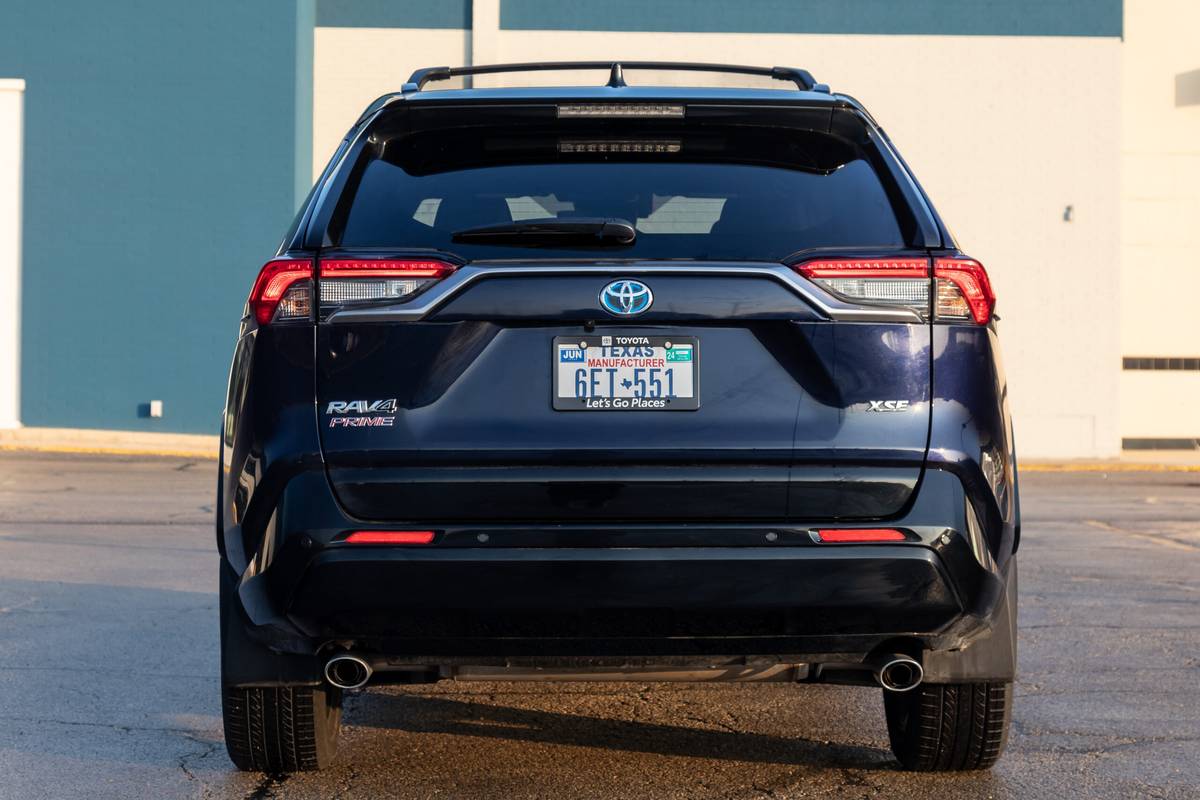

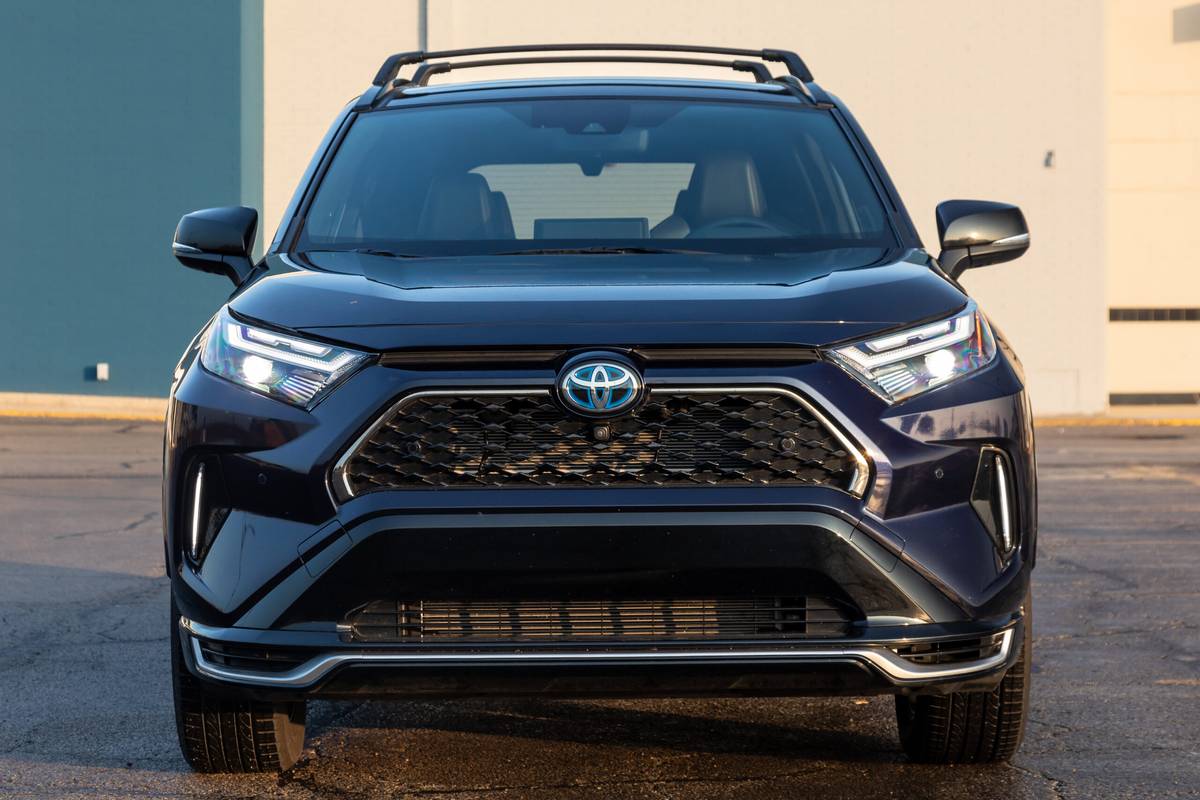

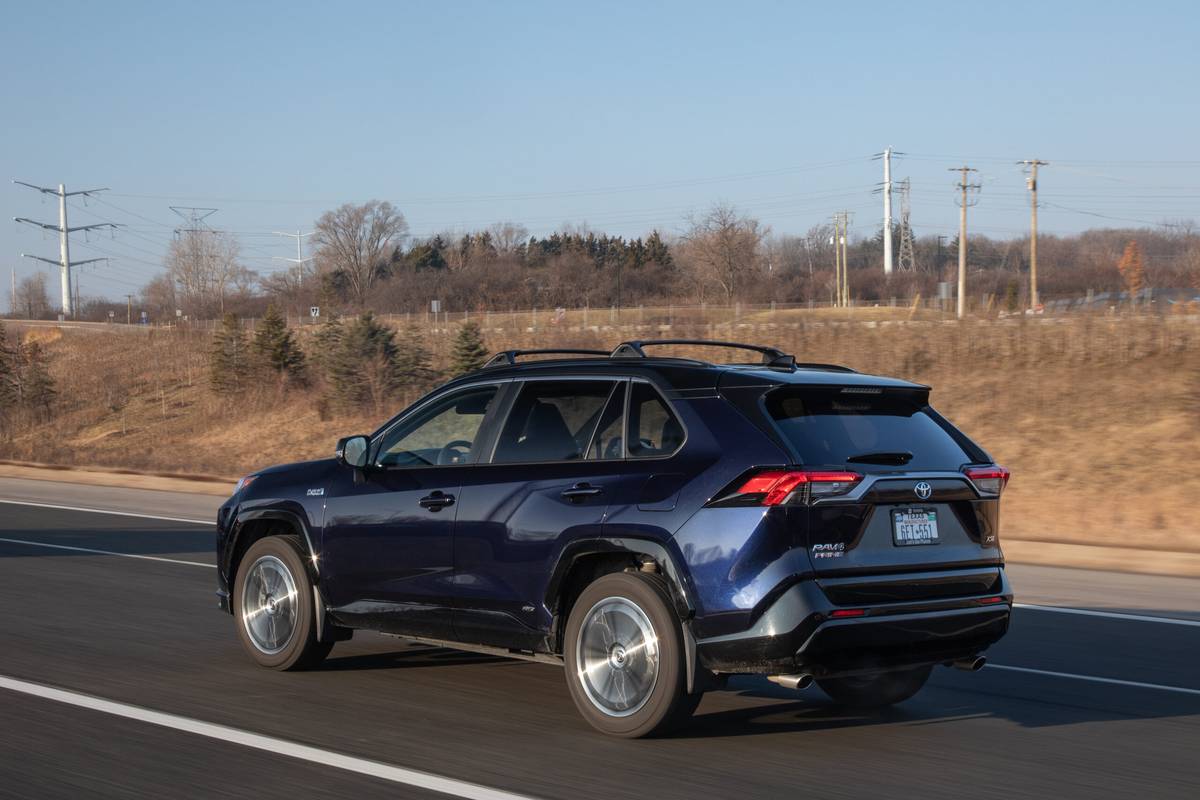
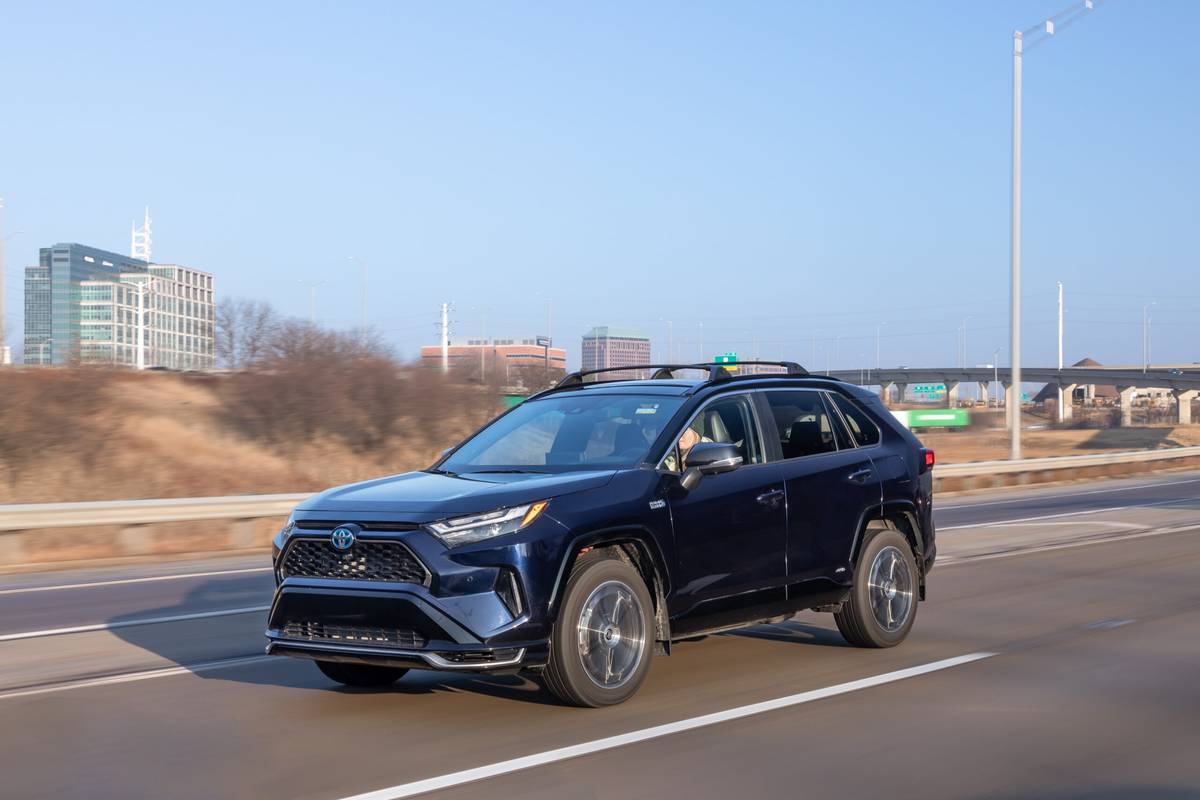
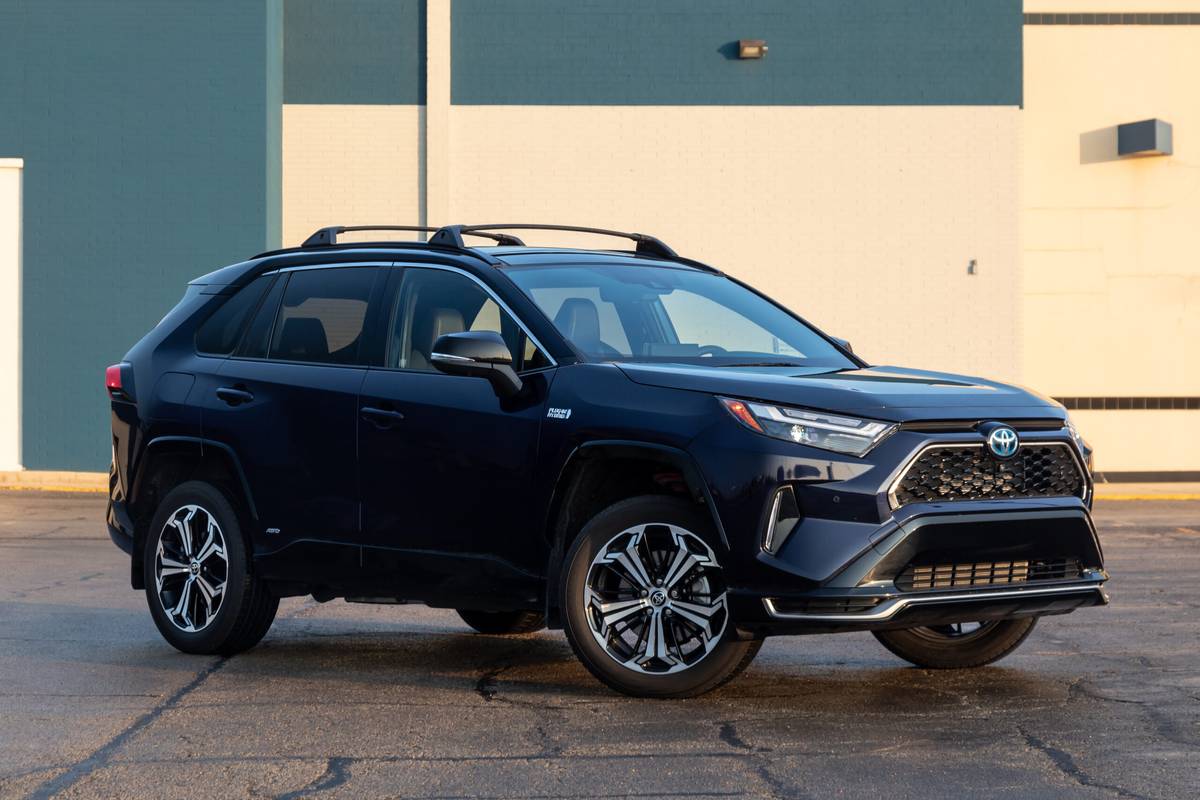

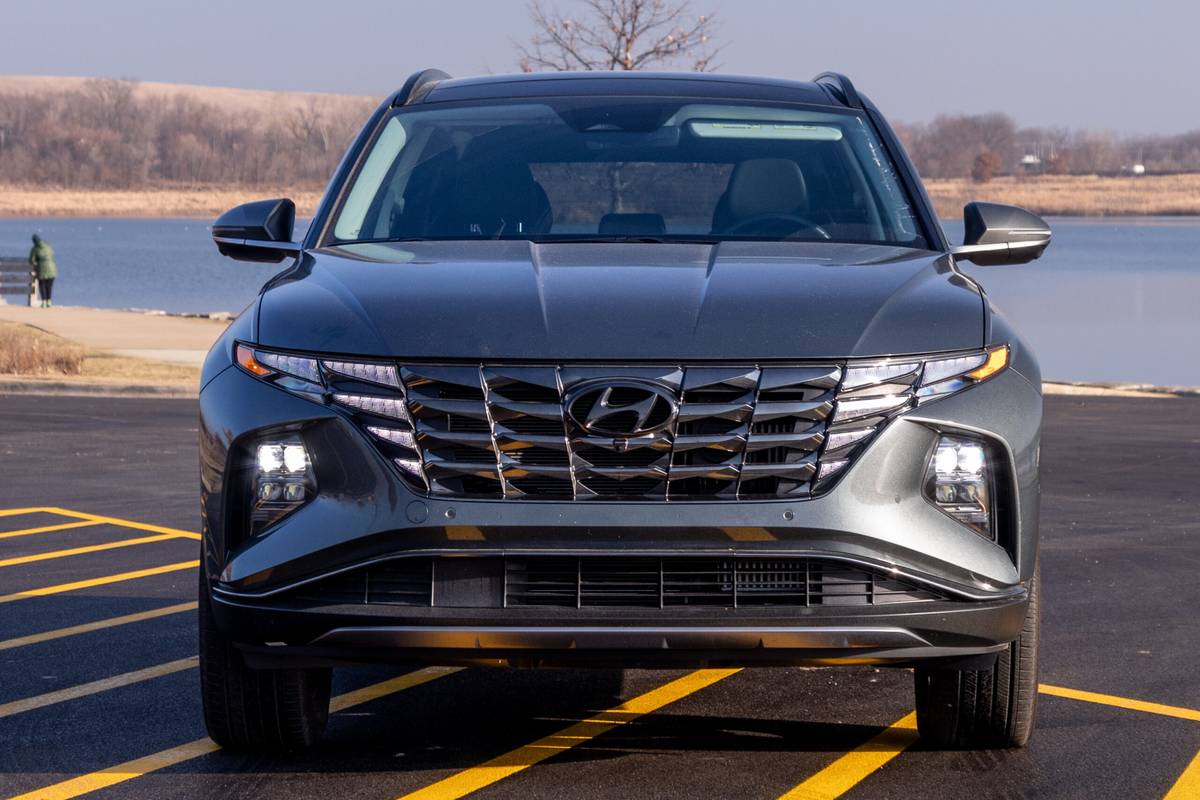
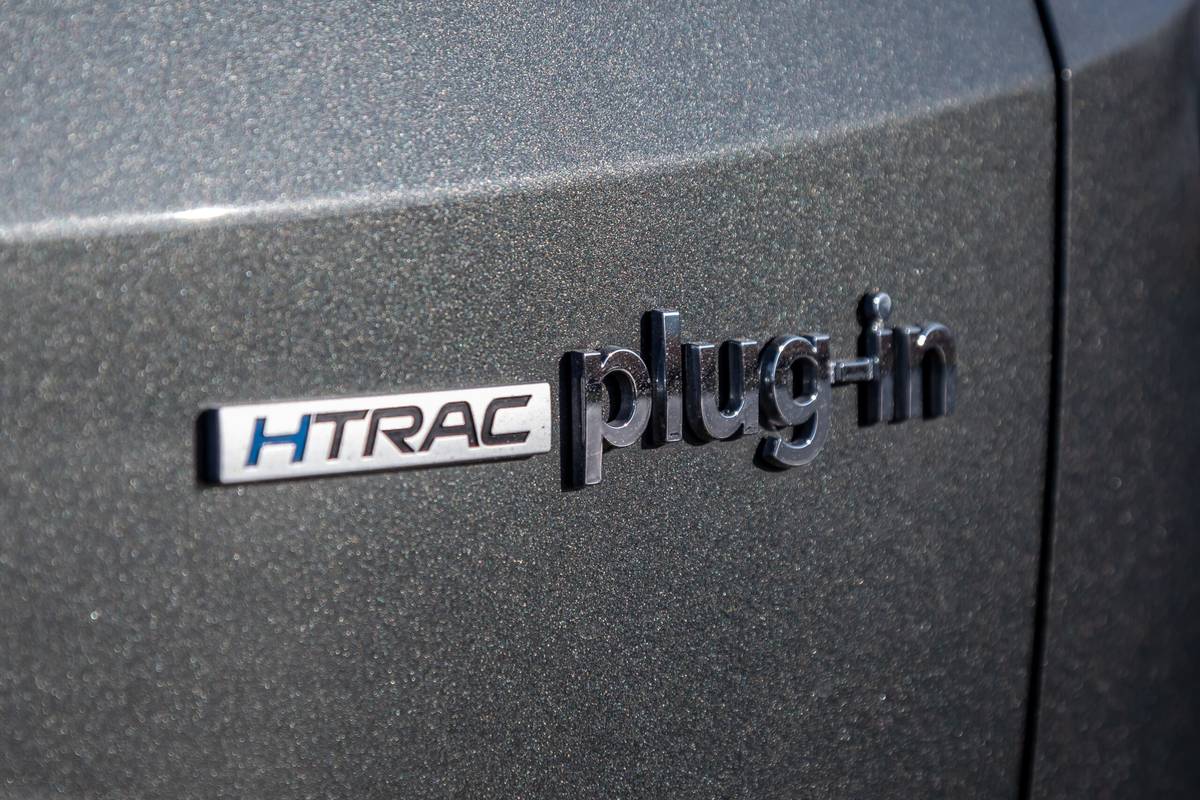
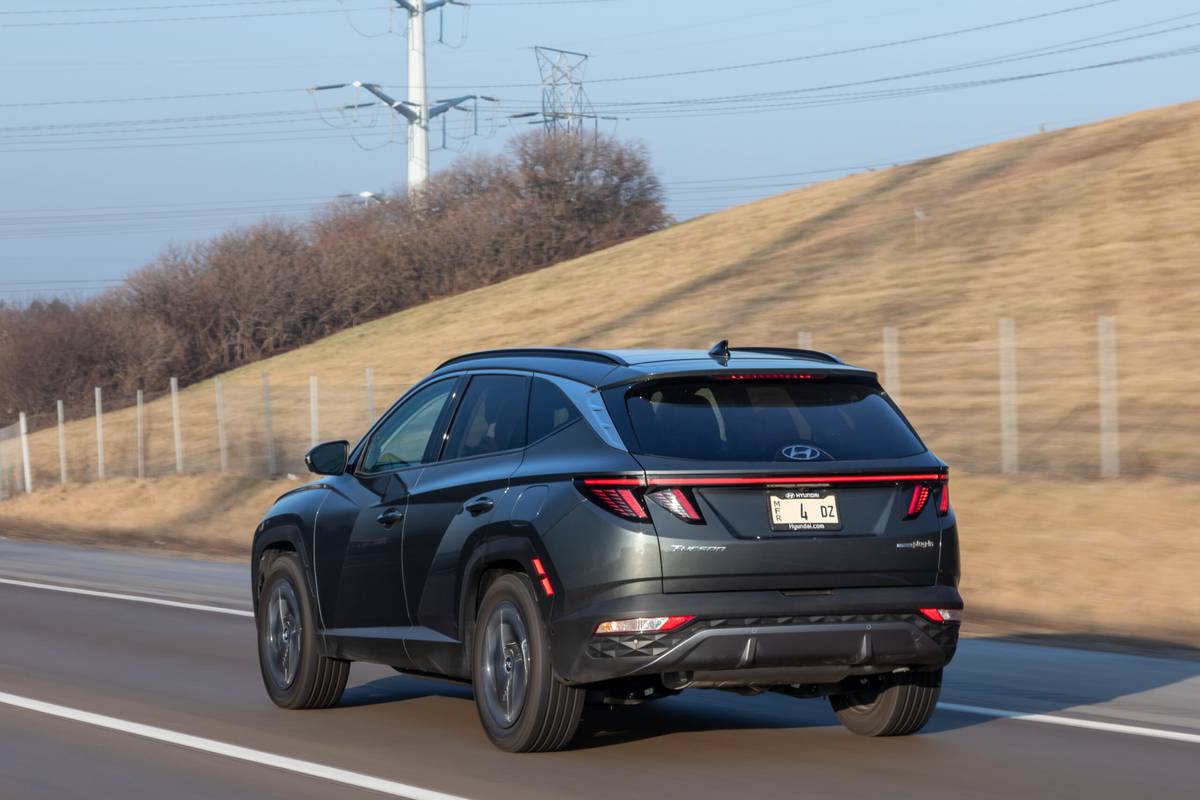
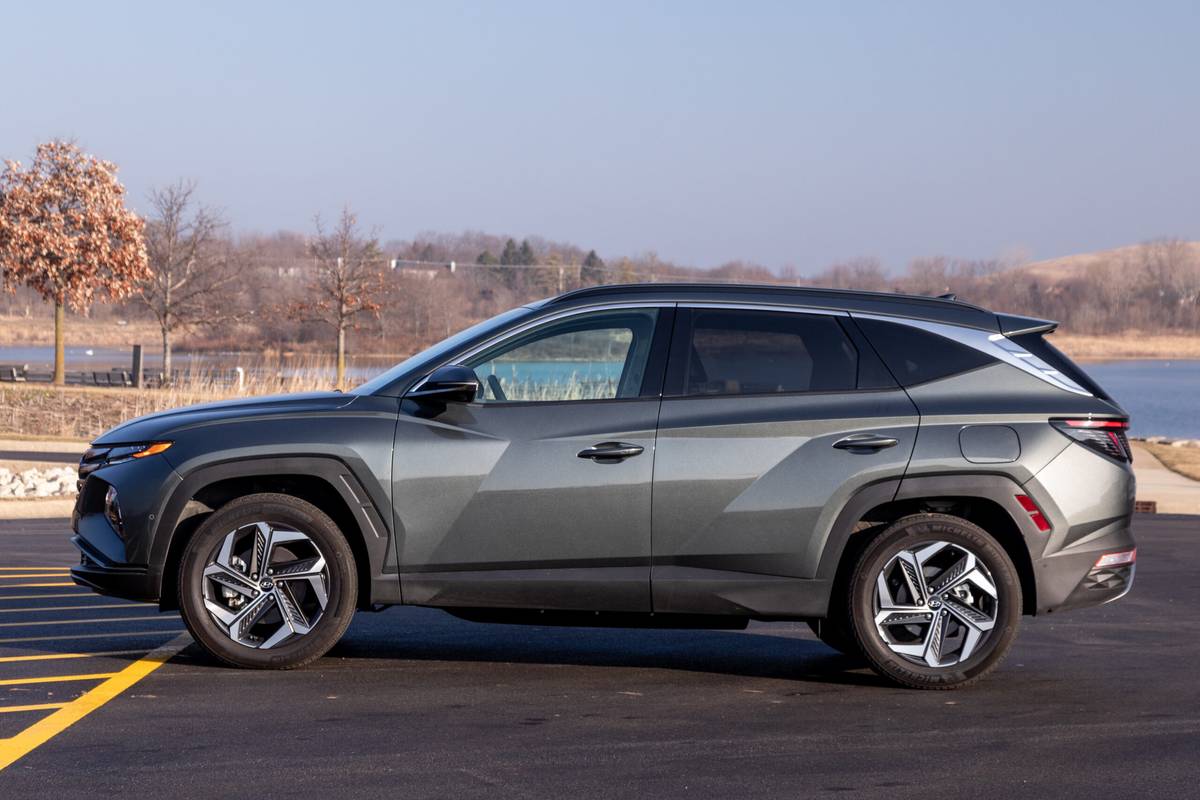
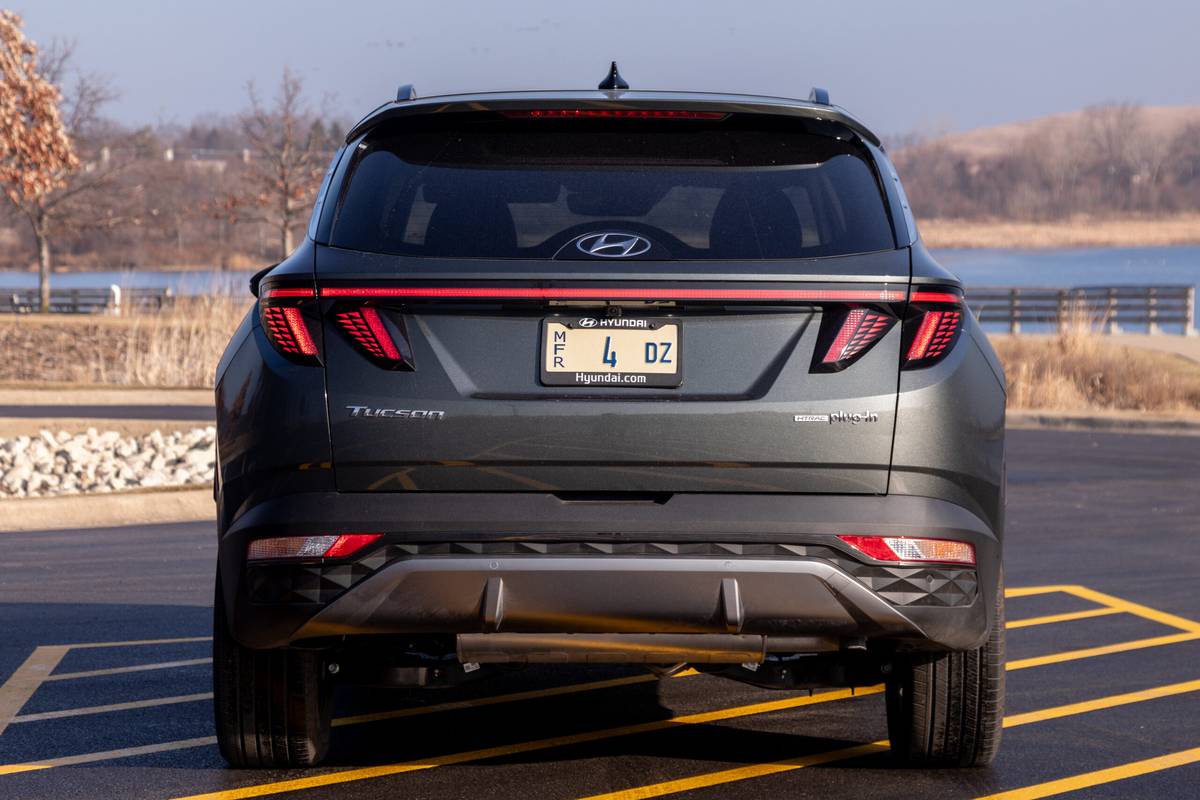
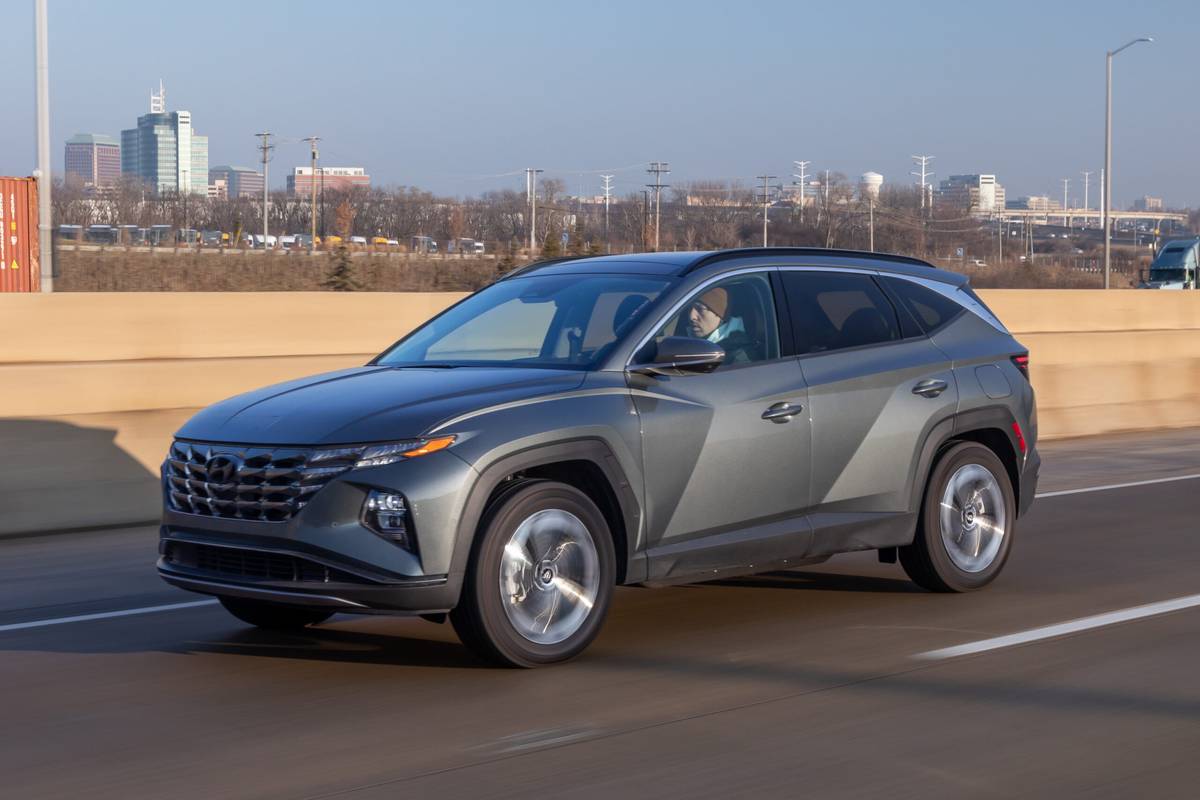

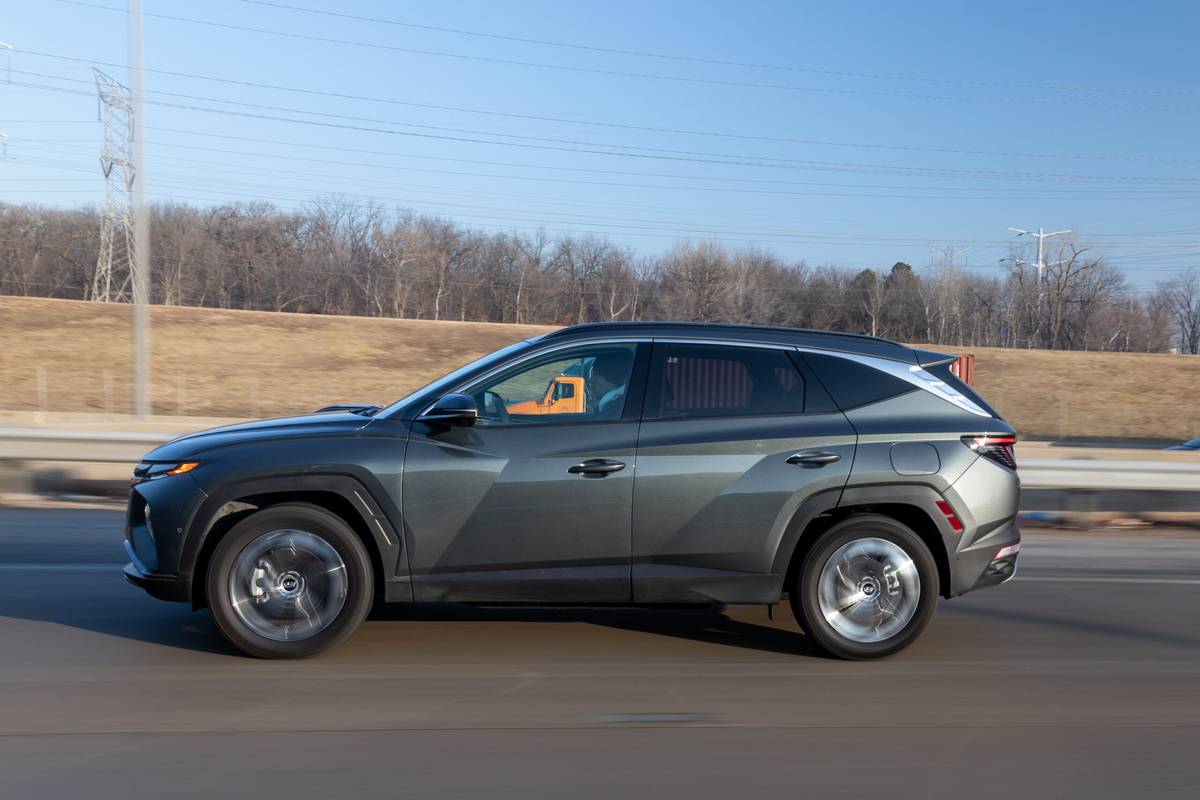
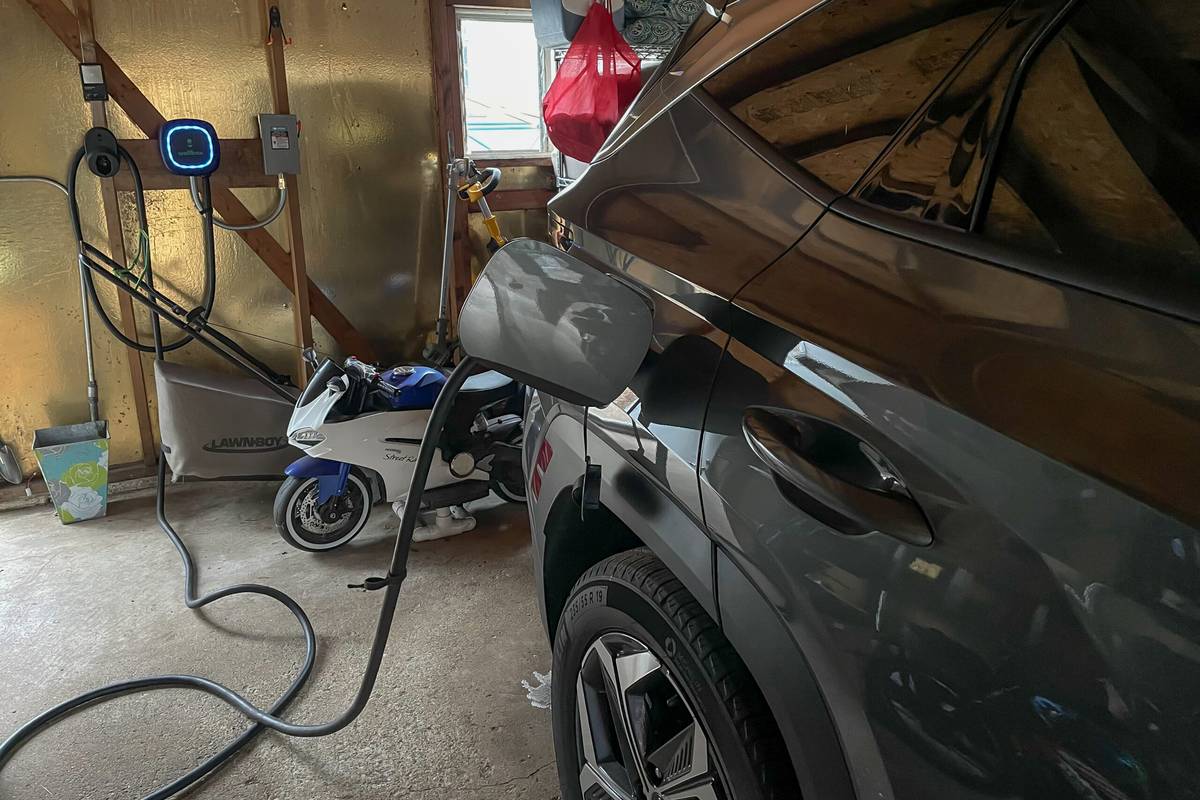
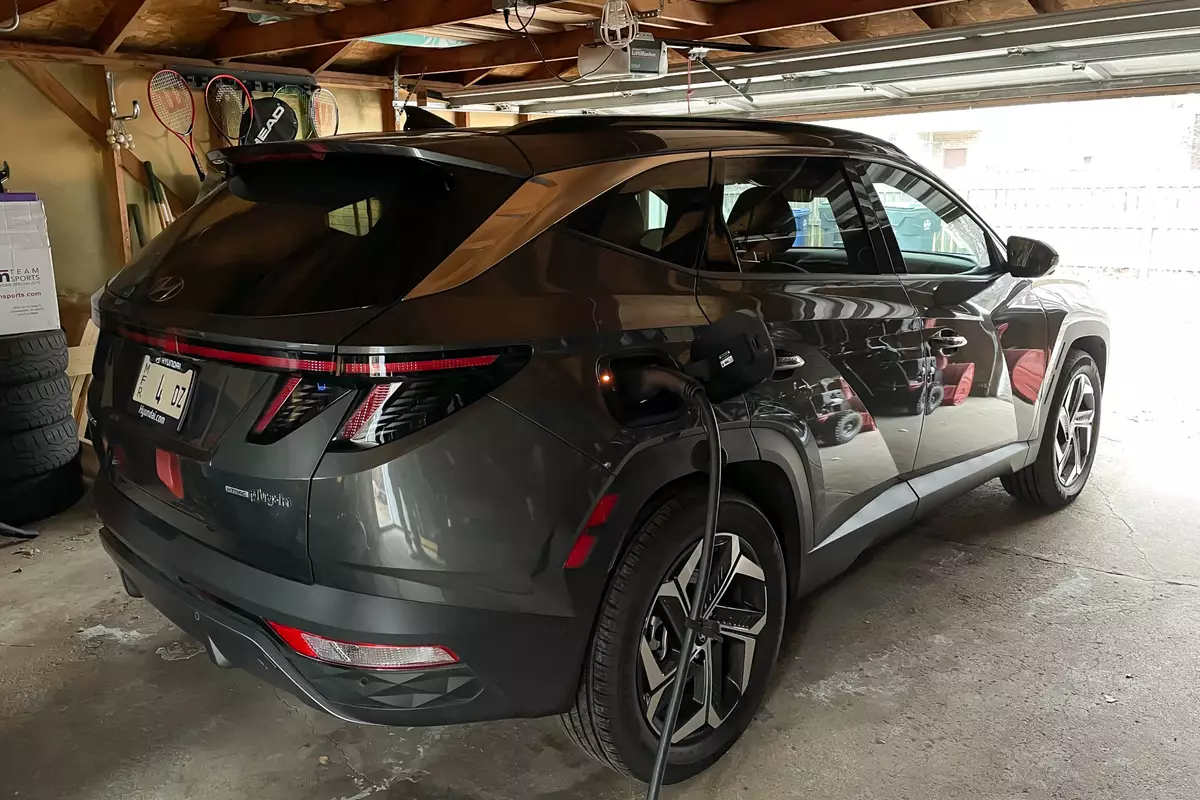
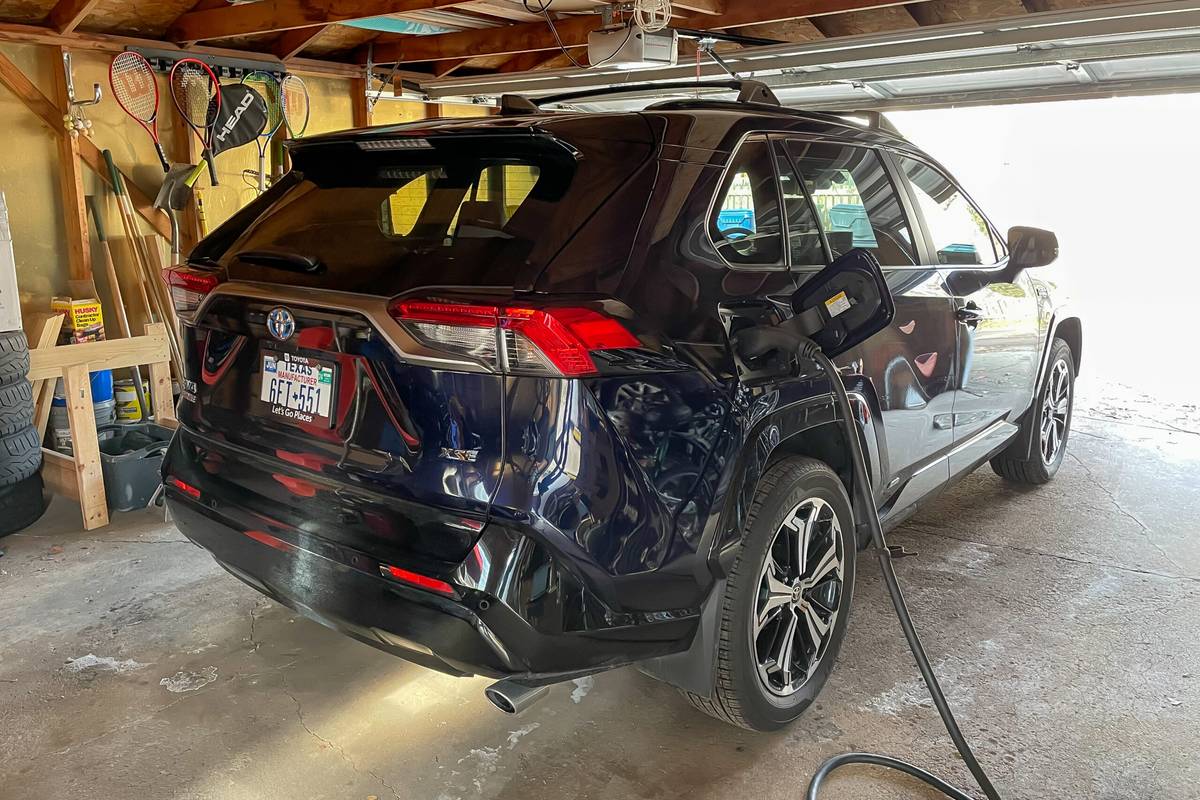

 Latch
Latch
 Infant
Infant
 Rear-facing Convertible
Rear-facing Convertible
 Front-facing Convertible
Front-facing Convertible
 Booster
Booster







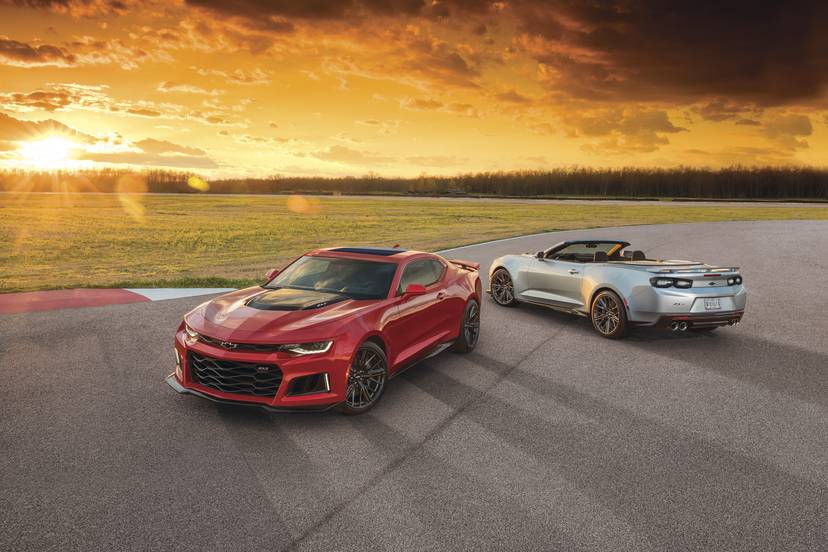

.png)



